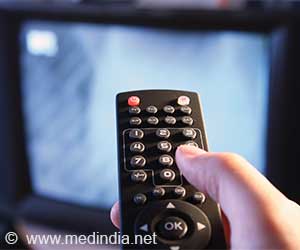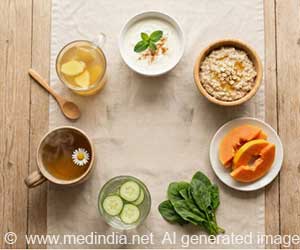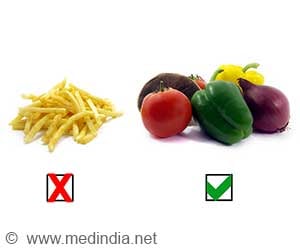Let’s bust the myth of dal as a primary protein source and explore alternatives for balanced nutrition.
- Dal's macronutrient composition emphasizes carbohydrates over protein
- Complementary foods like milk and soy can enhance dal's protein intake
- Diversifying diets with dairy, soy, and protein supplements ensures optimal nutrition for vegetarians
TOP INSIGHT
Did you know? Dal's protein content is overshadowed by carbohydrates, challenging its protein powerhouse status. #medindia
Why Dal Isn't a Protein Powerhouse?
Contrary to popular belief, dal, encompassing various lentils and legumes, does not qualify as a primary protein source due to its macronutrient composition. Nutritionists reveal that dal predominantly consists of carbohydrates, followed by fiber, with a relatively lower protein content. This doesn't negate the presence of protein in dal altogether but emphasizes that it's not the primary nutrient it offers. Instead, dal serves as a source of complex carbohydrates.Optimizing Protein Intake for Vegetarians
While dal alone might not suffice as a significant protein source, combining it with complementary foods like milk, soy, and other pulses can bolster protein intake for vegetarians. However, achieving optimal protein levels through dal alone may pose challenges. For instance, the quantity of dal required to meet protein needs could lead to excessive carbohydrate intake, potentially causing digestive discomfort.Alternative for Lentils (dal)
Acknowledging the limitations of plant-based protein sources, vegetarians are encouraged to diversify their diets to prevent nutritional deficiencies. Incorporating dairy products like yogurt, cheese, and paneer, along with fermented soy products like tofu and tempeh, can help bridge the protein gap. Additionally, considering protein supplements like whey, derived from milk, can offer a convenient solution for meeting protein requirements, especially for individuals with dietary restrictions.
While dal undoubtedly holds a cherished place in Indian cuisine and offers valuable nutrients, it's essential to recognize its limitations as a primary protein source. By understanding its macronutrient profile and complementing it with other protein-rich foods, vegetarians can ensure a well-rounded and nourishing diet. Dispelling the myth of dal as a protein powerhouse empowers individuals to make informed dietary choices, ultimately promoting optimal health and well-being.
"Dal remains a valuable component of vegetarian diets, but it's essential to supplement it with diverse protein sources for optimal nutrition."
Source-Medindia
 MEDINDIA
MEDINDIA





 Email
Email







